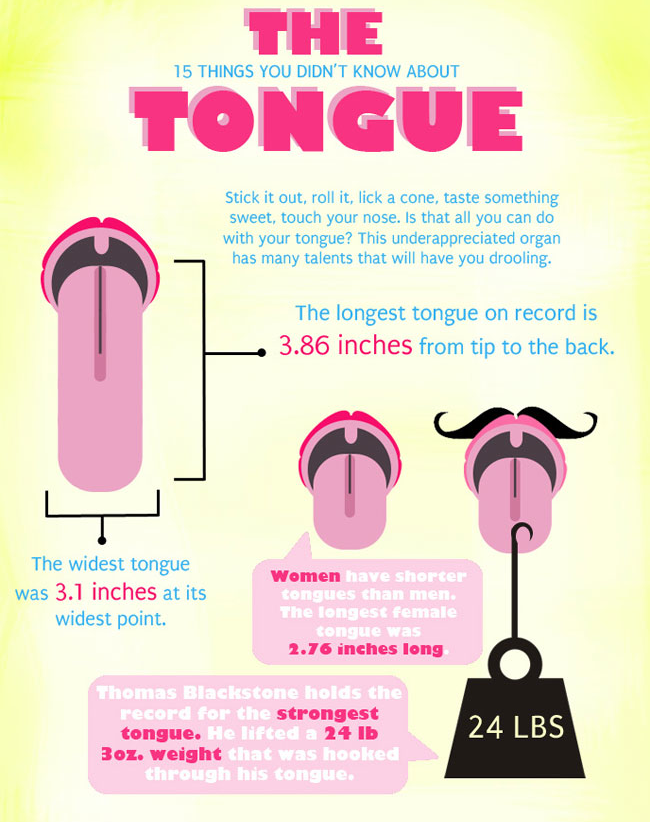
Source: infographicsshowcase.com
Being “tongue tied” isn’t always just a figure of speech. For children with a physical tongue-tie (called “ankyloglossia”), speaking, breastfeeding or dentition might be affected by a shortened frenulum inside the mouth. The frenulum is the small attachment between the floor of the lower jaw and the tongue. When you lift your tongue, it’s easy to see and feel. A shortened frenulum, in the case of akyloglossia, restricts the movement of the tongue and is considered a congential condition present at birth. Without the freedom to move it properly, difficulties with the normal function of the mouth for speaking or eating might arise, though the definitive connection between the two is hard to say. For that reason, it’s important for speech therapists, the experts in language and sometimes feeding, and parents to know about children who are tongue-tied.

